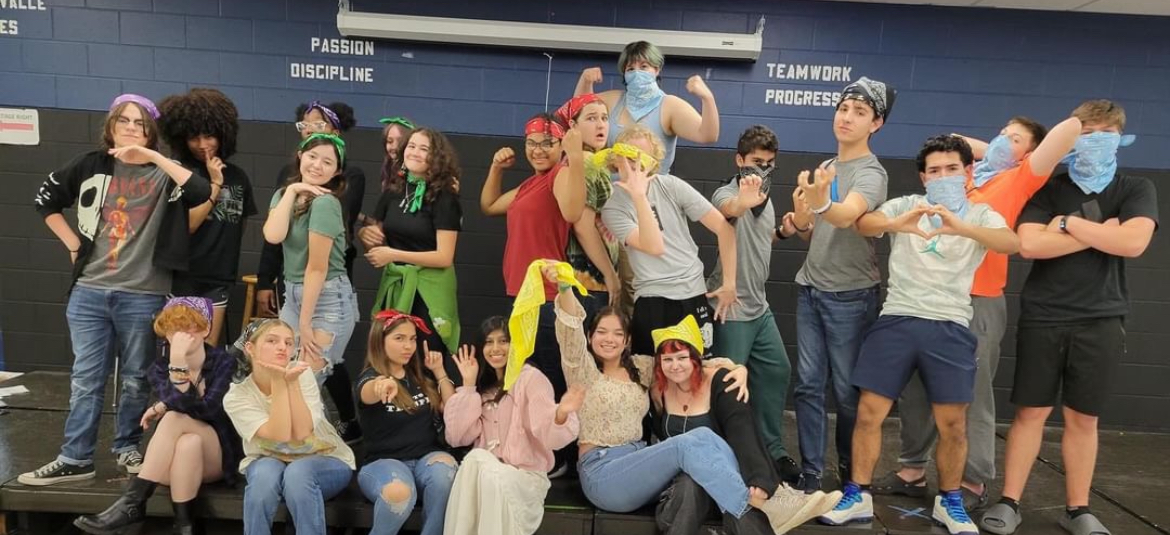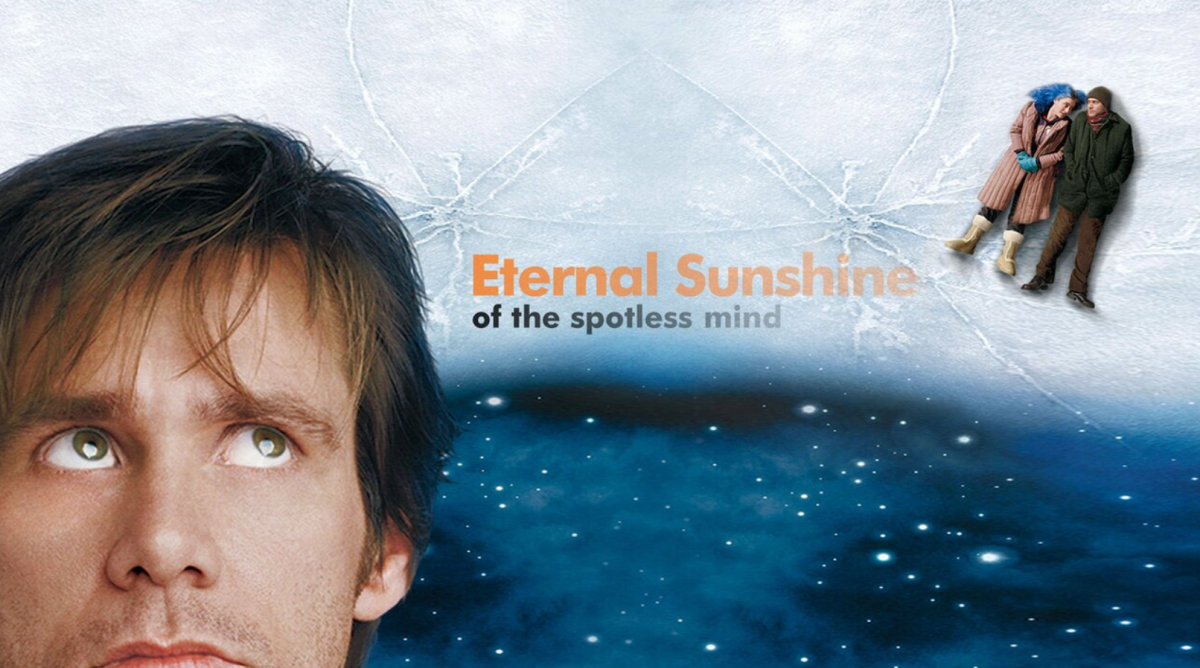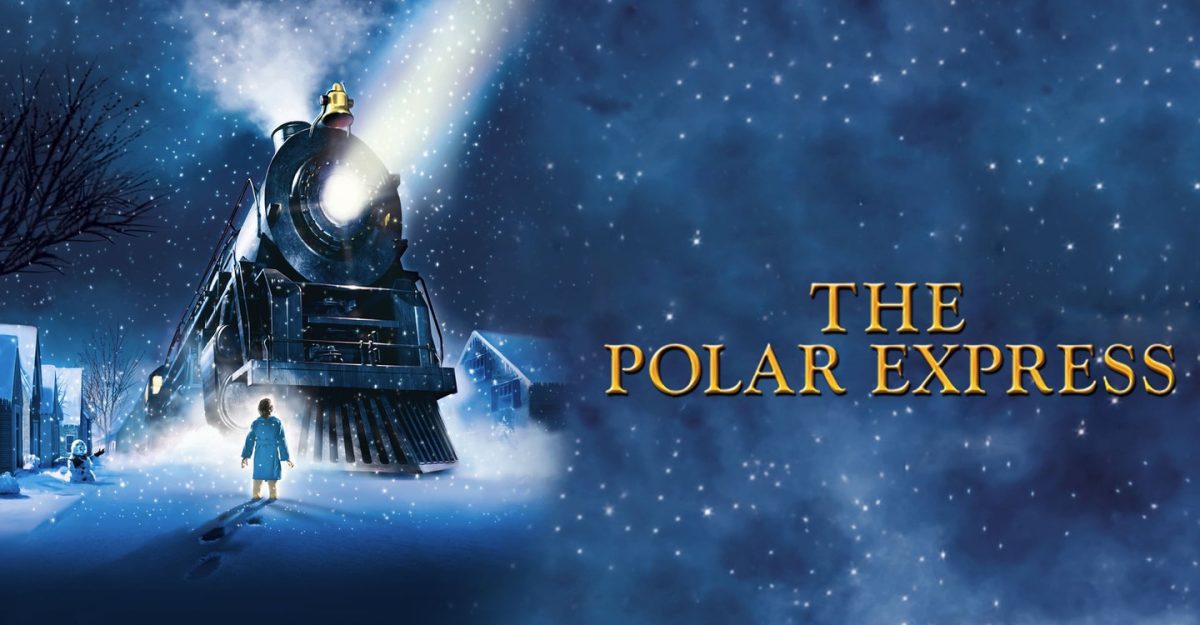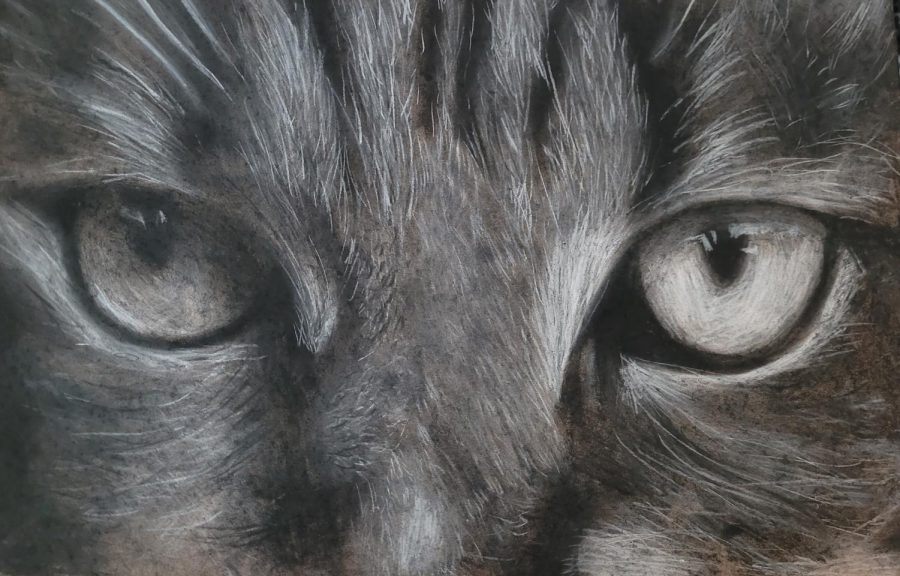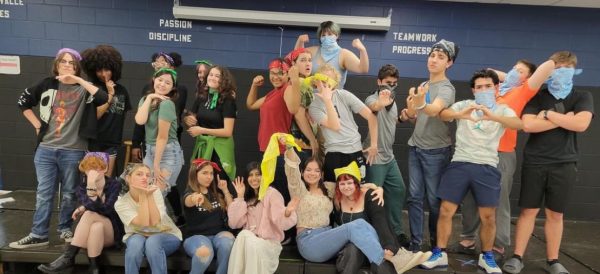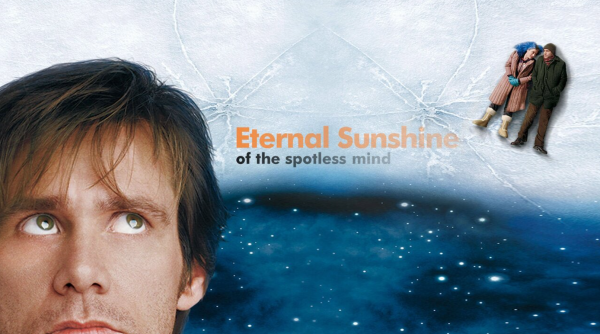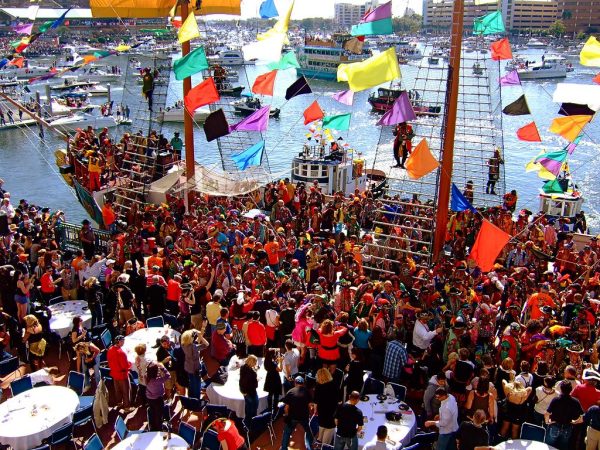Nosferatu: A Symphony of Horror

Count Orlock making his entrance
“Nosferatu: A Symphony of Horror” is a 1922 German expressionist film directed by F.W Murnau, starring Max Schreck as Count Orlok. The film is an unauthorized adaptation of Bram Stoker’s novel “Dracula” and follows the story of a young real estate agent named Hutter, who is sent to Transylvania to visit a reclusive nobleman named Count Orlok. After arriving at Orlok’s castle, Hutter discovers that the Count is a vampire who is interested in purchasing a property in Hutter’s hometown. Hutter becomes increasingly disturbed by Orlok’s behavior and returns home to warn his wife, Ellen, about the danger posed by the Count. Meanwhile, Orlok travels to Hutter’s hometown, bringing with him a plague of rats and the promise of death. Ellen realizes the true nature of the Count and sacrifices herself to destroy him by luring him out into the sunlight, which causes him to disintegrate.
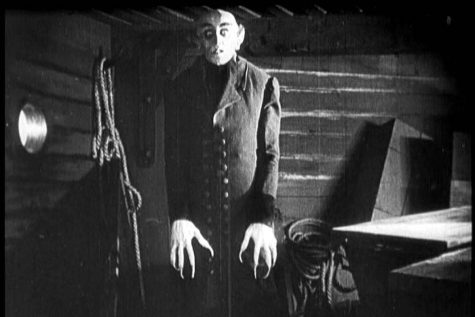
The film explores several themes, such as death and immortality, the dangers of obsession, and the power of the supernatural. Count Orlok embodies the theme of death and immortality as a vampire who is immortal but must feed on the blood of the living to survive. Hutter’s obsession with Orlok represents the danger of obsession and the consequences that can come from pursuing it. The power of the supernatural is explored through Orlok’s ability to control and manipulate the world around him.
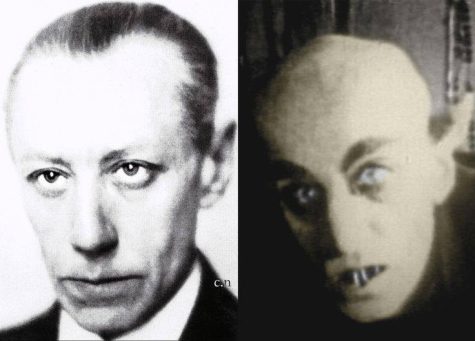
“Notferatu” is one of the earliest horror films ever made, and it set the template for the vampire genre in film that continues to this day. The film’s depiction of Count Orlok as a terrifying, shadowy figure with elongated fingers and a rat-like appearance helped to establish the iconic look of the vampire in popular culture. Furthermore, “Nosferatu” was a groundbreaking film in terms of its visual style. Director F.W. Murnau used innovative camera techniques and special effects to create a sense of dread and unease throughout the film. The use of shadows and light to create a moody and atmospheric setting was a major departure from the more naturalistic approach to filmmaking that was common at the time. The film’s impact on the horror genre can be seen in countless horror films that have been made since. For example, in the highly acclaimed 1980 film “The Shining,” directed by Stanley Kubrick, the character Wendy is running across the stairs with a knife, and the cameras show her shadow in the same way they showed Orlok in the 1922 film.
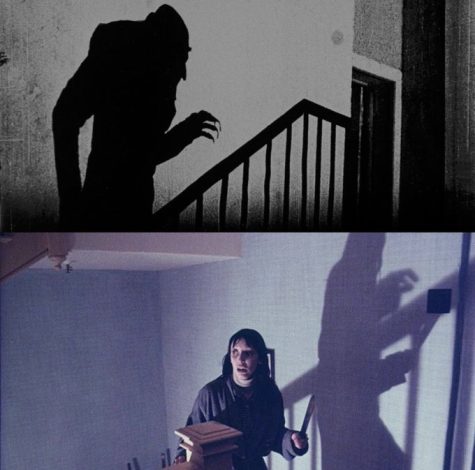
In popular culture, Count Orlok can be seen in shows such as “SpongeBob SquarePants,” and the themes of the film are explored in the song “Nosferatu Man” by indie rock band Slint from their album “Spiderland.” The film has even been remade three times, first in 1979 by director Werner Herzog in a movie named “Nosferatu the Vampyre,” which is a modern adaptation of the film in color and with speaking

roles. Another adaptation of the film came in 2000 when “Begotten” director E. Elias Merhige directed the film “Shadow of the Vampire.” The film is a fictional historical drama that plays out like a documentary of the making of “Nosferatu,” but with the twist that the actor portraying Count Orlok is an actual vampire. I highly recommend this film as a great adaptation. Lastly, there is another remake of the film currently in production by “The Lighthouse” director Robert Eggers. The film is slated to come out in 2024, with “IT” actor Bill Skarsgård reprising the role of Count Orlok.
In conclusion, “Nosferatu” is an influential and groundbreaking film that helped establish the vampire as a staple of horror cinema. Its exploration of themes such as death, obsession, and the supernatural, along with its innovative visual style, have had a lasting impact on the horror genre and on cinema as a whole. The film’s enduring legacy can be seen in the countless remakes and adaptations it has inspired, as well as in the continued fascination with vampires and other supernatural creatures in popular culture.
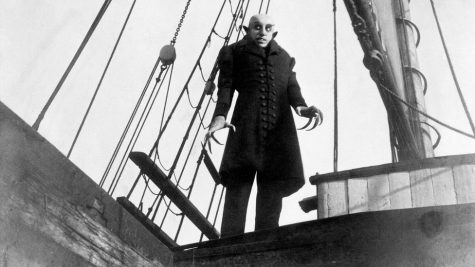
Your donation will support the student journalists of Wesley Chapel High School. Your contribution will allow us to purchase equipment and cover our annual website hosting costs.











